Home>Garden Essentials>Where Are The Seeds In A Banana
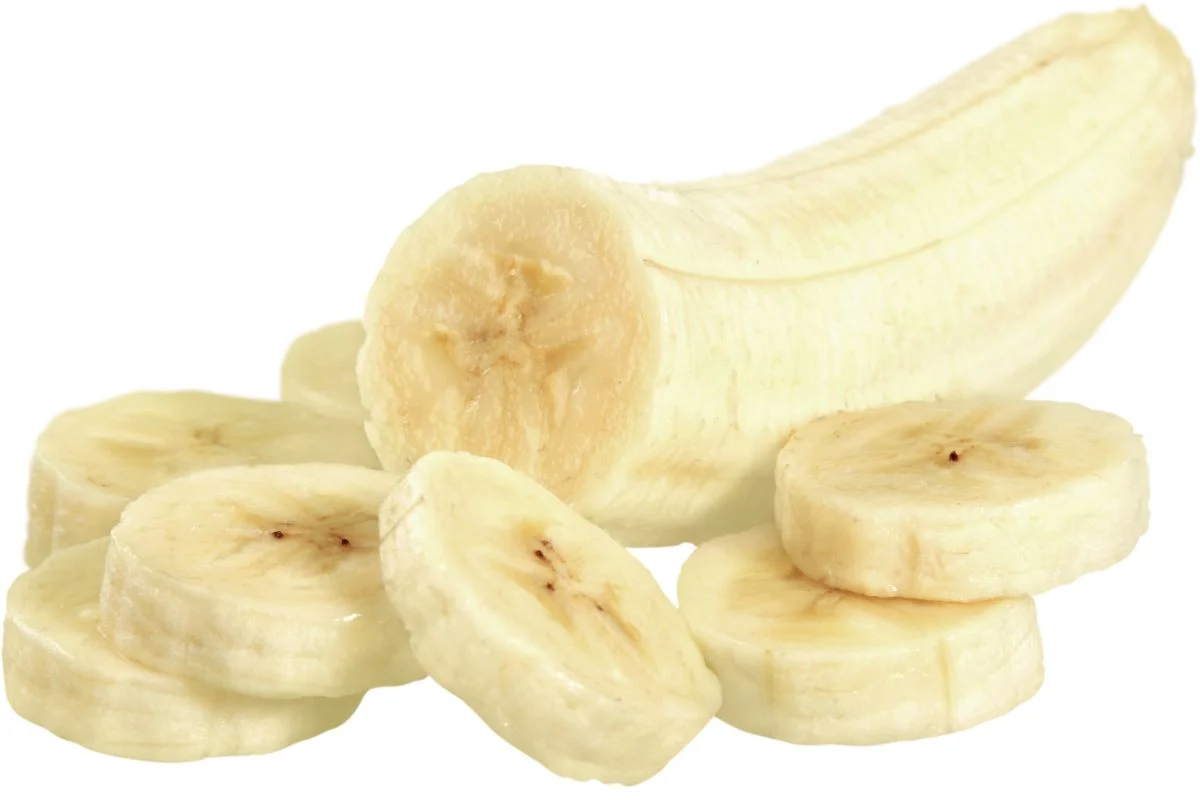

Garden Essentials
Where Are The Seeds In A Banana
Modified: May 6, 2024
Discover the secret garden within a banana! Learn where to find the seeds and start growing your own green oasis with our helpful guide.
(Many of the links in this article redirect to a specific reviewed product. Your purchase of these products through affiliate links helps to generate commission for Storables.com, at no extra cost. Learn more)
Introduction
Welcome to the fascinating world of bananas! This tropical fruit is not only delicious and nutritious but also intriguing when it comes to its anatomy and seeds. We have all heard about the importance of seeds in fruit production, but have you ever wondered where the seeds are in a banana?
As you may have noticed, bananas are seedless and do not have visible seeds like other fruits. This has led to various myths and misconceptions about the absence of seeds in bananas. In this article, we will dive deep into the anatomy of a banana, explore the truth behind banana seeds, discuss seedless banana varieties, and shed light on the role of seeds in plant reproduction.
So, let’s peel back the layers and unravel the mysteries of banana seeds together!
Key Takeaways:
- Bananas have tiny, undeveloped seeds that are often overlooked. They are not used for reproduction, but they still exist and play a role in the fruit’s evolution.
- Commercial bananas are seedless due to selective breeding. While they may not have visible seeds, they are still packed with essential nutrients for a healthy diet.
Read more: Where Is The Seed Of A Banana
Anatomy of a Banana
Before we delve into the topic of banana seeds, let’s first understand the anatomy of a banana. A typical banana consists of several key parts:
- Peel: The outer layer of a banana, the peel, serves as a protective covering for the fruit inside. It is typically yellow when ripe but can range from green to yellowish-green when unripe.
- Fruit: The part we commonly eat is the fruit of the banana. This fleshy, creamy yellow interior is sweet and packed with essential nutrients, making it a popular choice for snacking and culinary uses.
- Stem: At the top of a banana, you’ll find a small, tapered structure known as the stem. This is connected to the banana plant and plays a vital role in the growth and development of the fruit.
- Crown: The crown refers to the cluster of leaves at the top of the banana, which is also connected to the stem. These leaves are responsible for providing vital nutrients to the fruit during its growth.
Now that we understand the basic structure of a banana let’s explore the commonly held belief that bananas do not contain seeds.
Myth: Seeds in a Banana
One prevalent myth surrounding bananas is that they do not have any seeds. This misconception has led many people to believe that bananas are “genetically modified” or “artificially grown” because they lack visible seeds.
However, the truth is that bananas do have seeds, but they are typically small, undeveloped, and not viable for reproduction. Unlike other fruits like apples or oranges, where seeds are large and easy to spot, the seeds in bananas are tiny and often overlooked.
The reason behind this misconception is that commercial bananas we find in grocery stores are typically grown from sterile cultivars known as “parthenocarpic” bananas. Parthenocarpy is a natural phenomenon where the fruit develops without fertilization, resulting in seedless fruits. While these cultivated bananas may lack the usual seeds we find in fruits, it doesn’t mean they are genetically modified or unnatural.
It’s essential to note that the absence of visible seeds in bananas does not make them any less nutritious or safe to consume. The fruit itself is still packed with essential vitamins, minerals, and dietary fiber, making it a healthy choice.
So, the next time you enjoy a banana, remember that while you may not see the seeds, they are still there, albeit in a much smaller and undeveloped form.
Fact: Banana Seeds
While it is true that the bananas we commonly consume do not have large, viable seeds like many other fruits, bananas do technically contain seeds in a smaller, underdeveloped form. These seeds are often referred to as “pips” or “dots” and are typically found in the center of the fruit.
Banana seeds are tiny and hard to see with the naked eye. They are about the size of a grain of sand and are almost always non-functional, meaning they cannot be used for reproduction. These small seeds are usually vestigial remnants of the banana’s evolutionary past.
Although the seeds in a banana are generally not used for propagation, they can still serve a purpose. In some traditional cultures, banana seeds are utilized for medicinal or culinary purposes. For example, in certain Asian countries, banana seeds are cooked and consumed as a vegetable or used as an ingredient in soups and curries.
However, it’s important to note that the seeds of wild banana varieties, such as the Musa acuminata, can be fertile and viable for growing new plants. These wild bananas are not the same as the commercial, seedless bananas we commonly find in supermarkets. Due to selective breeding and cultivation methods, commercial bananas have been bred to be seedless, making them easier to eat and enjoy.
So, while it’s true that bananas have seeds, those seeds are typically non-functional and not used for reproduction in the commercially grown bananas we consume. Instead, the focus is on the delicious and nutrient-rich fruit that has been cultivated to be seedless for our convenience and enjoyment.
The seeds in a banana are located in the center of the fruit, towards the top. They are small, black, and surrounded by the flesh of the banana.
Seedless Banana Varieties
The majority of the bananas we encounter in grocery stores belong to seedless varieties. These seedless bananas are a result of selective breeding and cultivation techniques that have been employed over centuries to create fruit that is easier to eat and enjoy.
One of the most common seedless banana varieties is the Cavendish banana. This cultivar accounts for the majority of the world’s banana exports due to its appealing taste, texture, and shelf life. The Cavendish banana has been specifically bred for its absence of seeds, making it an ideal choice for mass production and distribution.
Another popular seedless banana variety is the Dwarf Cavendish banana. This variety is known for its compact size and excellent flavor. Its seedless nature has made it a favorite among home gardeners or those looking for a small-scale cultivation option.
In addition to the Cavendish and Dwarf Cavendish bananas, there are several other seedless varieties available in different regions. These include the Grand Nain (also known as the Chiquita banana), the Lady Finger banana, and the Baby banana. Each of these varieties possesses unique characteristics in terms of taste, size, and texture.
It’s worth noting that even though these seedless banana varieties do not produce viable seeds, they can still be propagated through other means. Commercial banana cultivation typically relies on vegetative reproduction, where new plants are grown from suckers or pieces of the parent plant’s root system.
So, while seedless banana varieties have become the norm in our markets, it’s important to recognize that they are the result of intentional breeding and cultivation practices, ensuring the convenient and enjoyable consumption of this popular tropical fruit.
Read more: Where Are The Seeds On A Banana
The Role of Seeds in Plant Reproduction
Seeds play a crucial role in the reproductive cycle of plants, serving as a means of dispersing genetic material and ensuring the continuation of the species. Through the process of pollination and fertilization, plants produce seeds that contain the necessary genetic information to grow and develop into new plants.
In the case of bananas, while the cultivated varieties we consume may lack viable seeds, the wild banana plants have a different reproductive mechanism. Wild bananas produce large, hard seeds that are vital for their survival and propagation. These seeds are dispersed through various means, such as wind, water, or through the digestive systems of animals.
When a seed lands in a suitable environment, it germinates and begins to grow into a new plant. The seed provides the necessary nutrients and protective covering for the embryo to develop and establish itself in the soil. As the new plant grows, it eventually develops flowers, which contain the reproductive organs necessary for pollination.
Pollination occurs when pollen from the male reproductive organs, known as the stamens, is transferred to the female reproductive organs, known as the pistils. This can be done through various methods, including wind, insects, or animals. Once the pollen reaches the pistil, fertilization can occur, leading to the development of seeds.
Seeds serve as a vehicle for the dispersal of plant offspring. They can be carried away from the parent plant by wind, water, animals, or even humans. This dispersal allows plants to colonize new areas, increasing their chances of survival and expanding their population.
Seeds also possess a built-in store of nutrients that the developing plant utilizes during its early stages of growth. This ensures that the plant has access to essential nutrients even if it is initially in an unfavorable environment. As the seedling grows, it establishes itself in the soil, starts to absorb nutrients from the surrounding environment, and develops a root system for further growth and stability.
So, while cultivated bananas may not have the visible seeds we commonly associate with plant reproduction, it’s important to recognize that seeds play a critical role in the life cycle of plants. Seeds enable plants to disperse and establish new generations, ensuring the survival and diversity of plant species.
Conclusion
As we conclude our exploration into the world of banana seeds, we have learned that while bananas are often perceived as seedless, they do indeed possess small, undeveloped seeds. These seeds may not be viable for reproduction and are often overlooked due to their tiny size. The seedless nature of commercially grown bananas is a result of selective breeding and cultivation techniques that have been employed over time for our convenience and enjoyment.
It’s important to remember that the absence of visible seeds in bananas does not diminish their nutritional value or make them any less natural. Bananas are packed with essential vitamins, minerals, and fiber that contribute to a healthy diet.
While seeds play a vital role in plant reproduction, bananas have evolved to prioritize other methods of propagation, such as vegetative reproduction through suckers and root cuttings. This has allowed for the mass production and distribution of bananas, meeting the high demand worldwide.
Understanding the anatomy of a banana, the myth of seedlessness, and the scientific facts surrounding banana seeds not only enhances our knowledge but also allows us to appreciate the intricacies of the natural world. The diversity of banana varieties, both seedless and wild, adds to the allure of this beloved tropical fruit.
So, the next time you enjoy a delicious, seedless banana, take a moment to appreciate the journey it has taken from the wild to your table. And remember, even though you may not see the seeds, they are there, silently playing their role in the complex web of plant reproduction.
Whether you’re savoring a perfectly ripe banana or marveling at the wonders of nature, the story of banana seeds is one that reminds us of the incredible diversity and resilience of plants.
Curious about the nitty-gritty of bananas? If you've ever wondered just how many seeds one of these popular fruits contains, you're not alone. Our next article delves into the fascinating world of banana seeds, shedding light on exactly what's inside that yellow peel. Whether you're a gardening enthusiast or simply love to learn, this piece will surely pique your interest. So, why wait? Jump right into the details and satisfy your curiosity!
Frequently Asked Questions about Where Are The Seeds In A Banana
Was this page helpful?
At Storables.com, we guarantee accurate and reliable information. Our content, validated by Expert Board Contributors, is crafted following stringent Editorial Policies. We're committed to providing you with well-researched, expert-backed insights for all your informational needs.
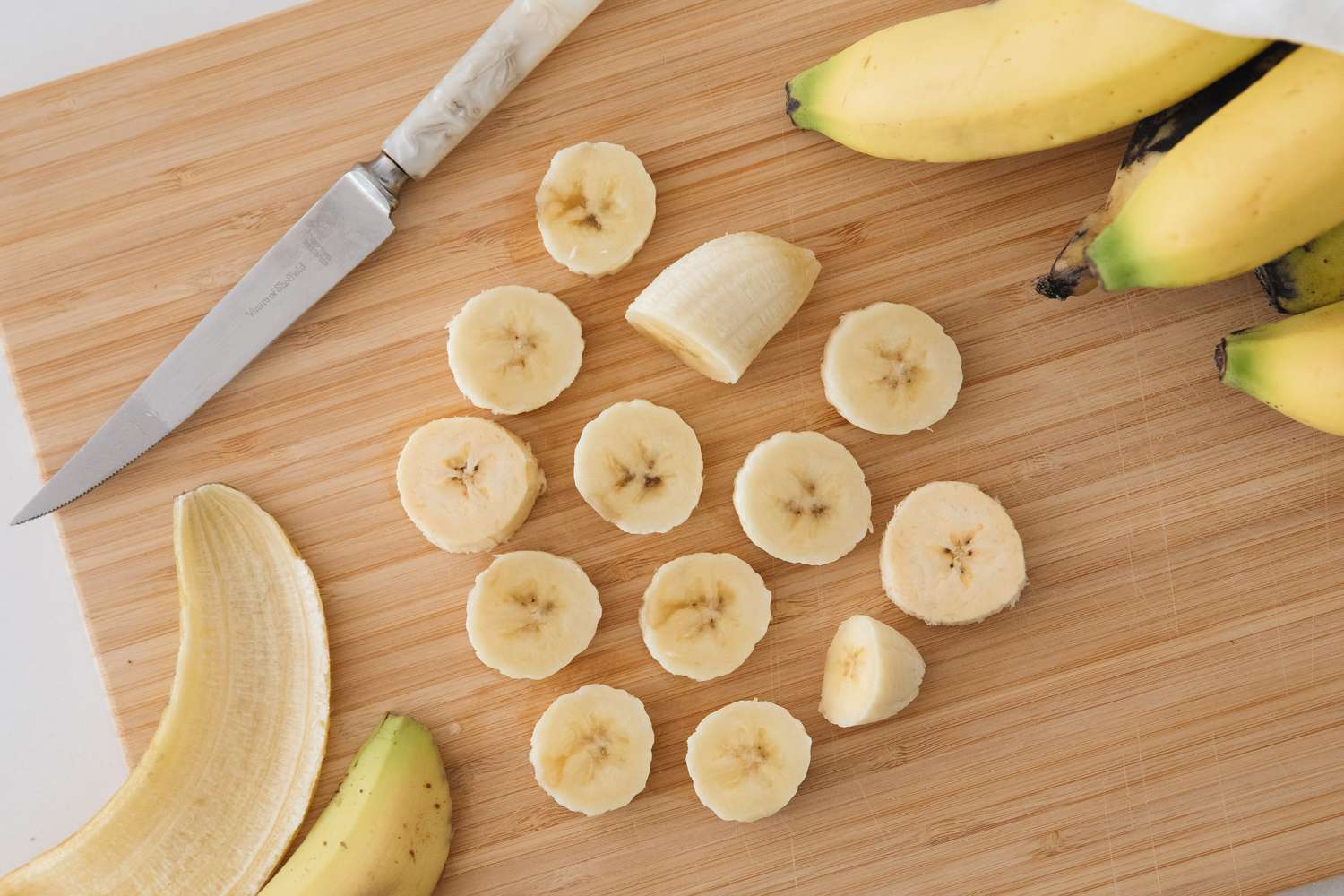
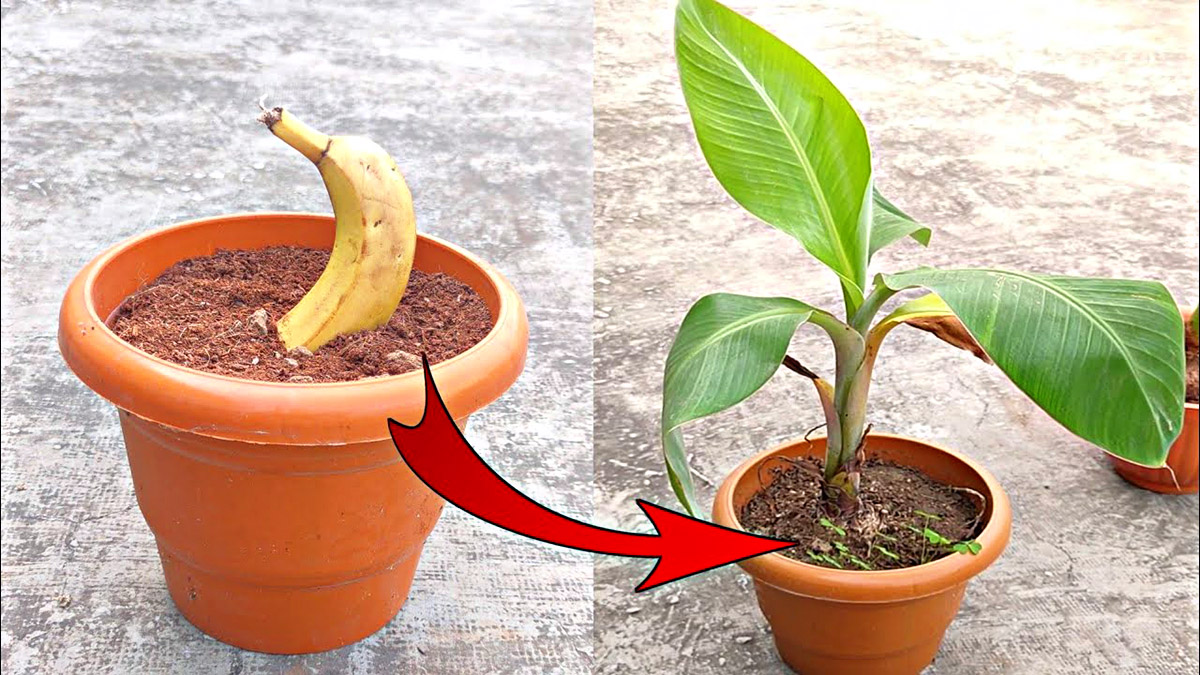
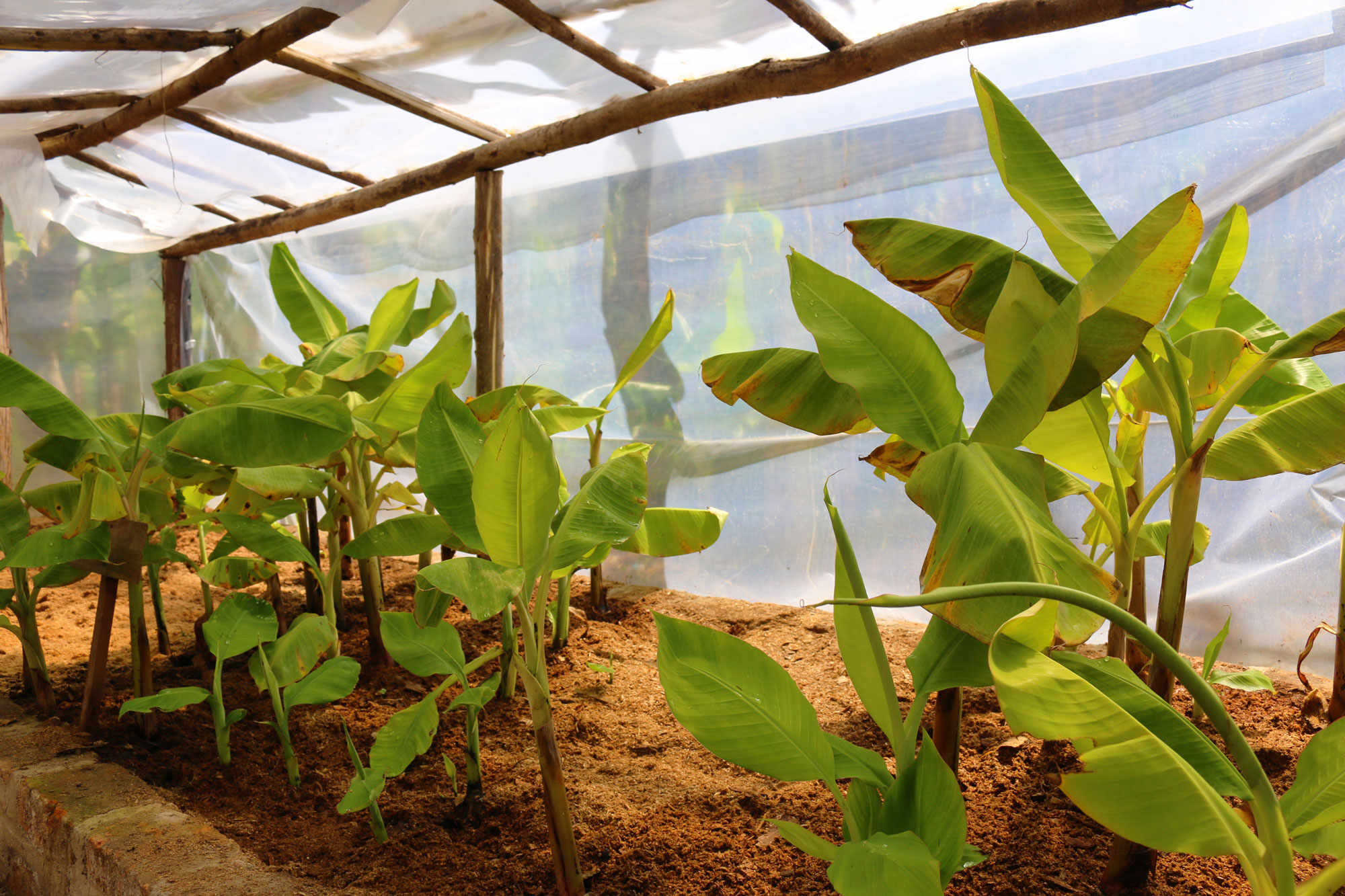
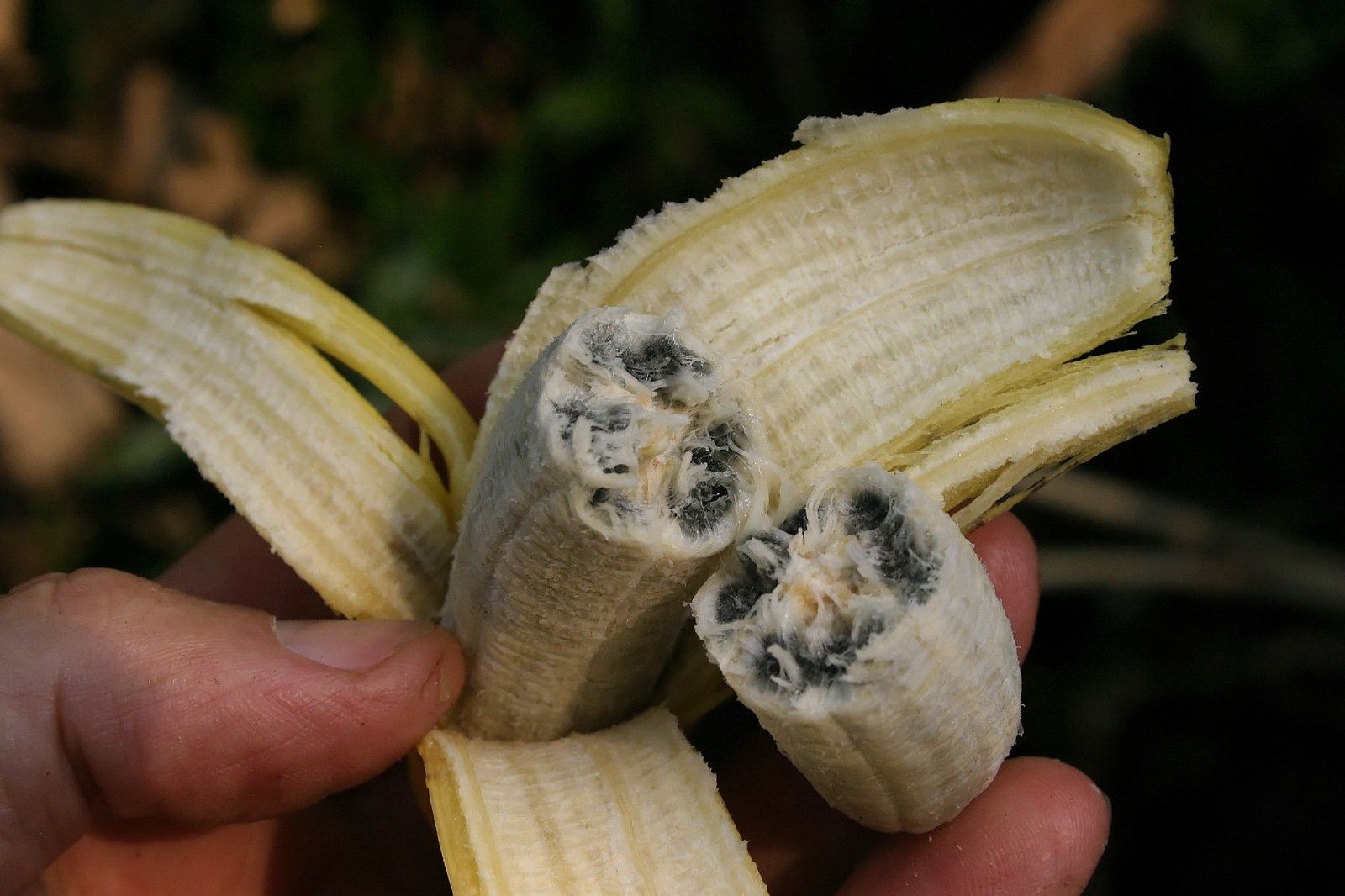
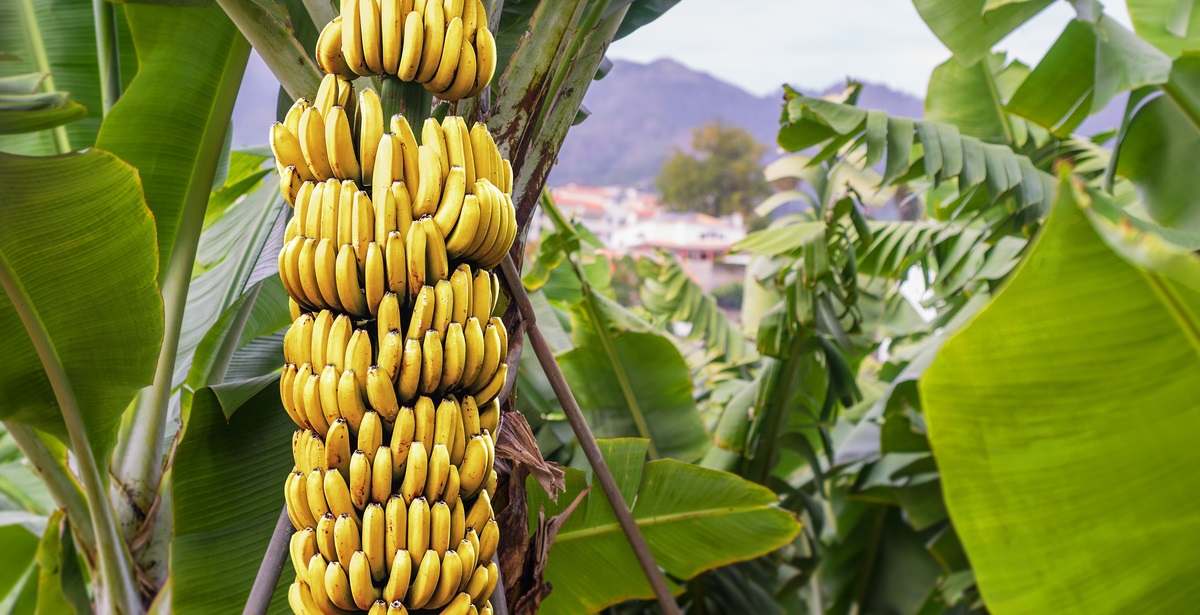
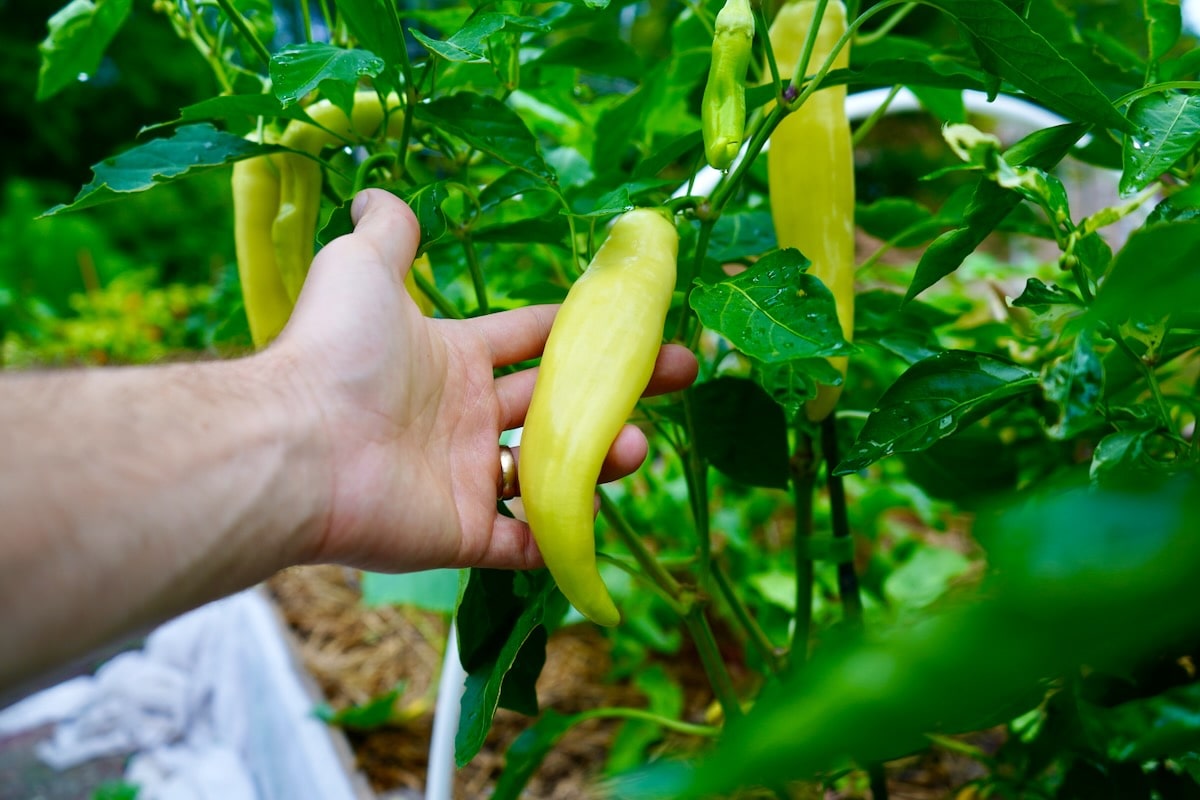
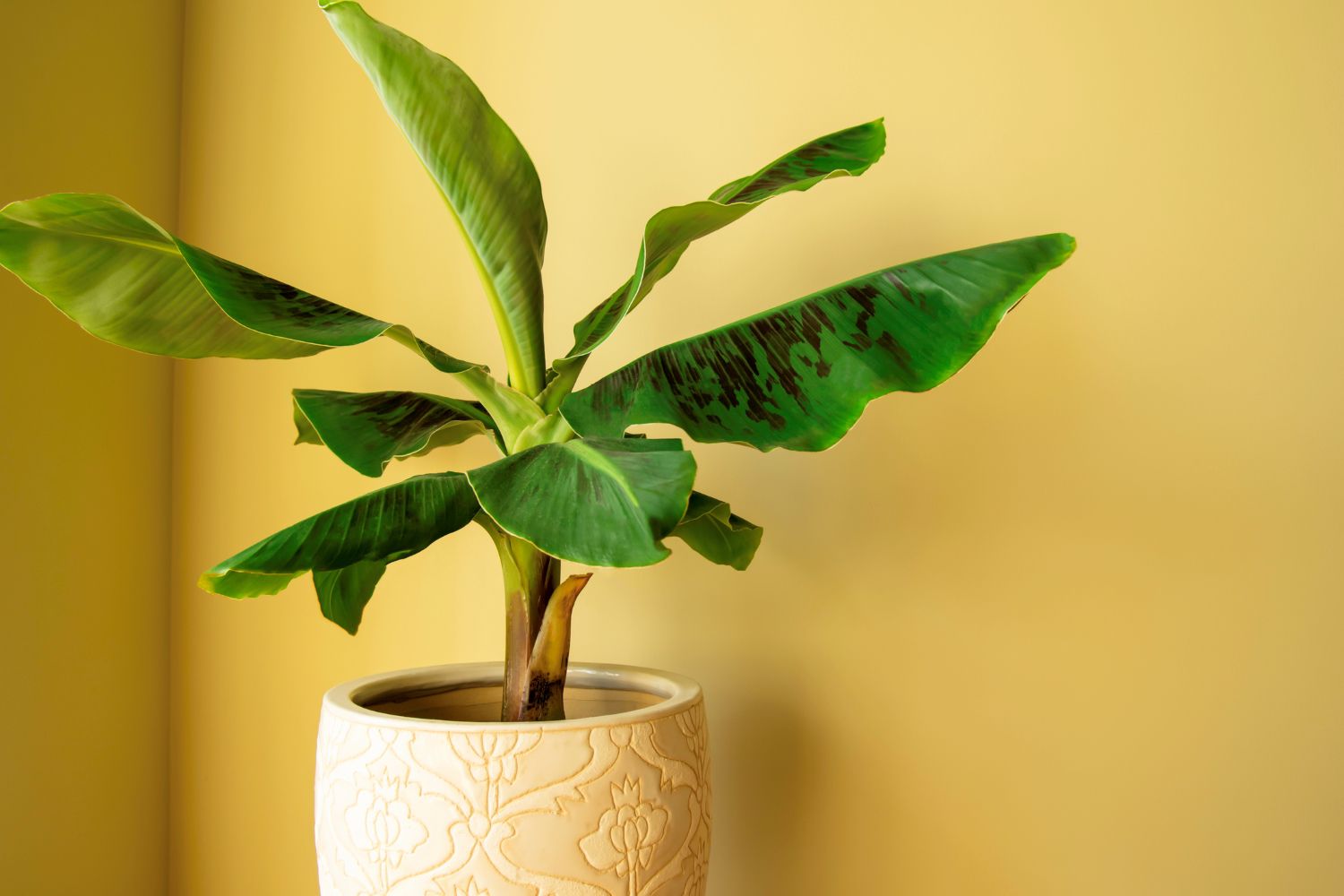
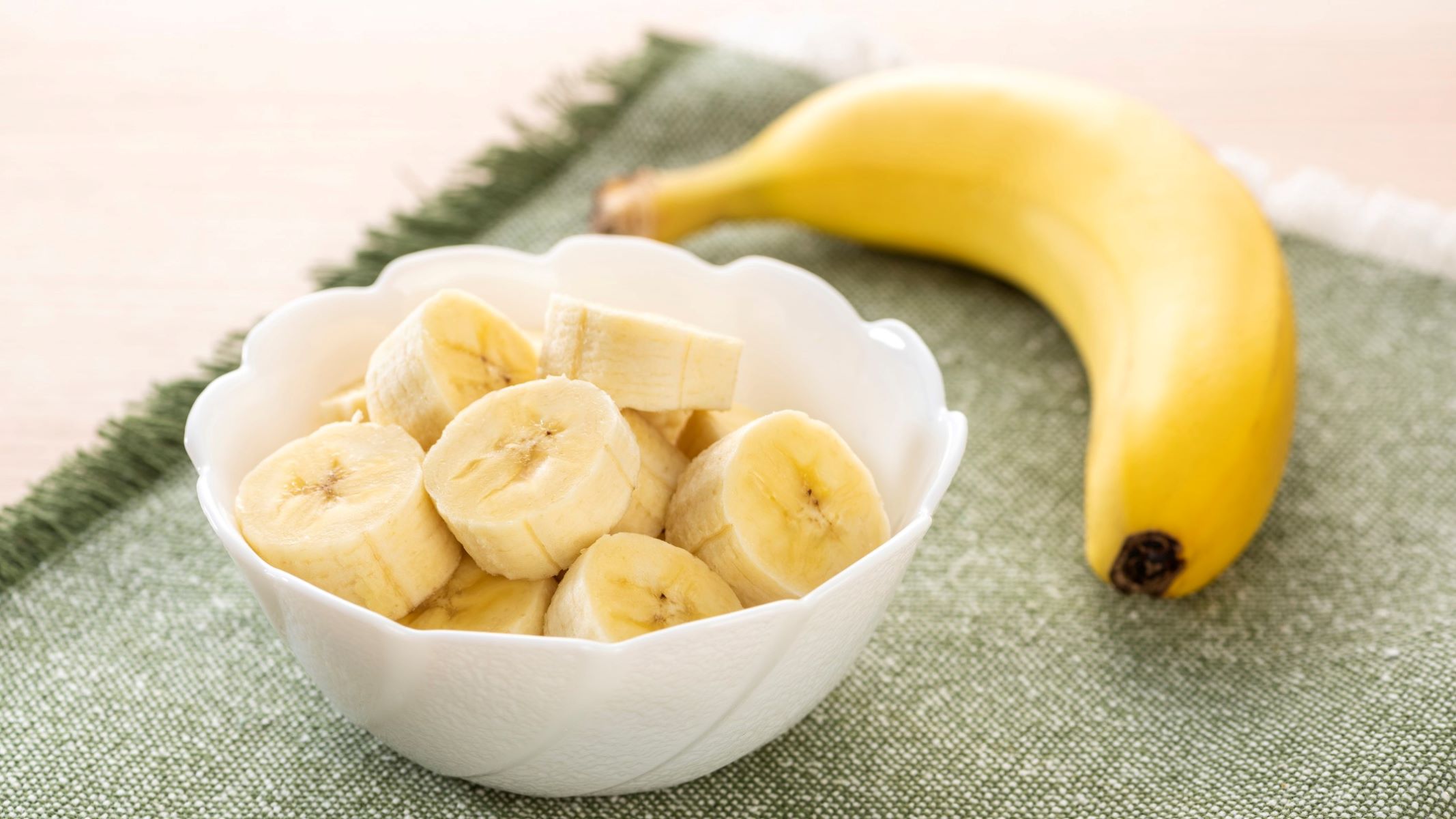
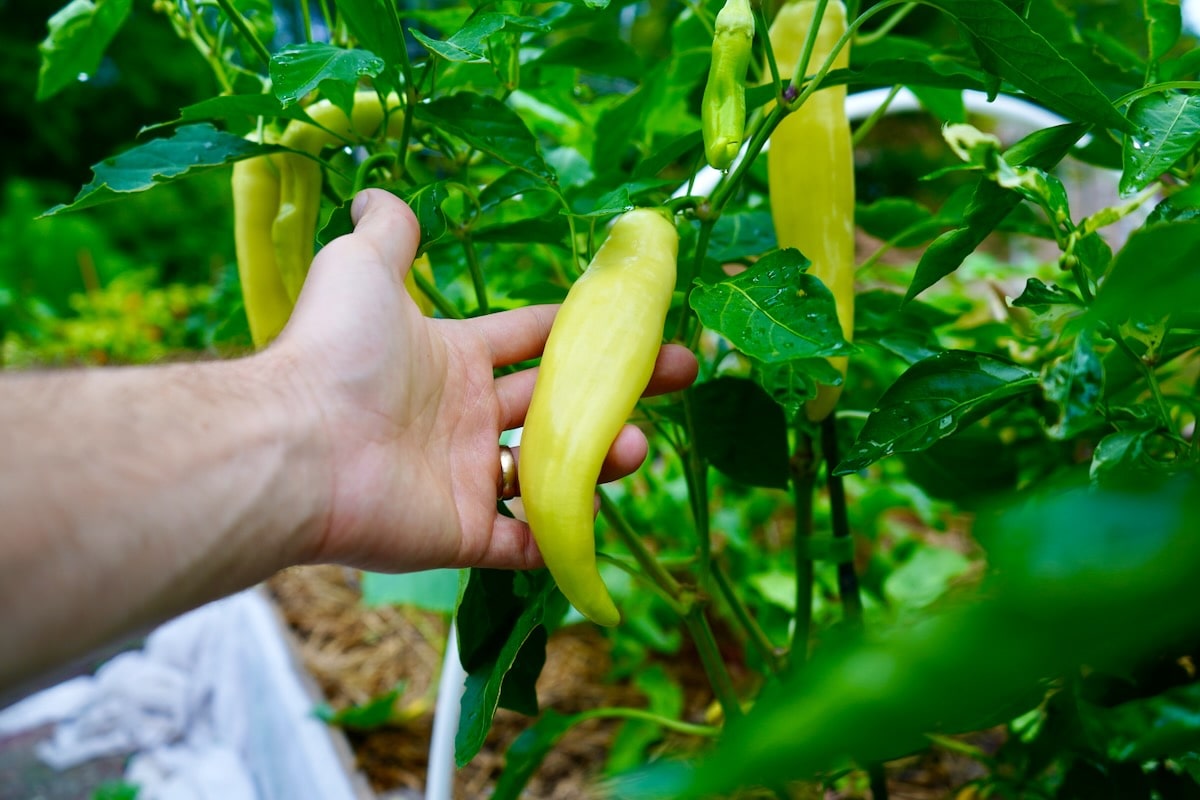
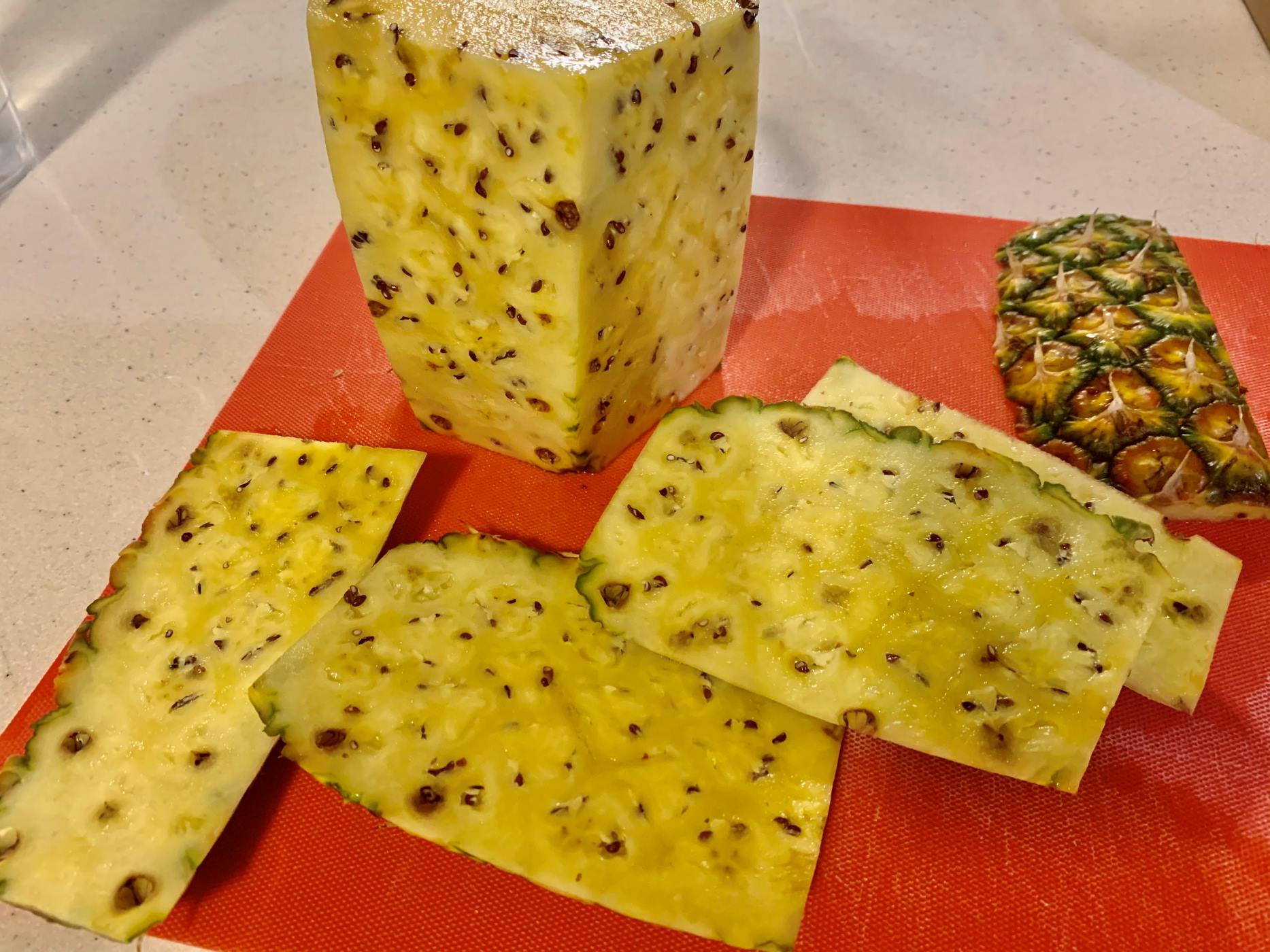
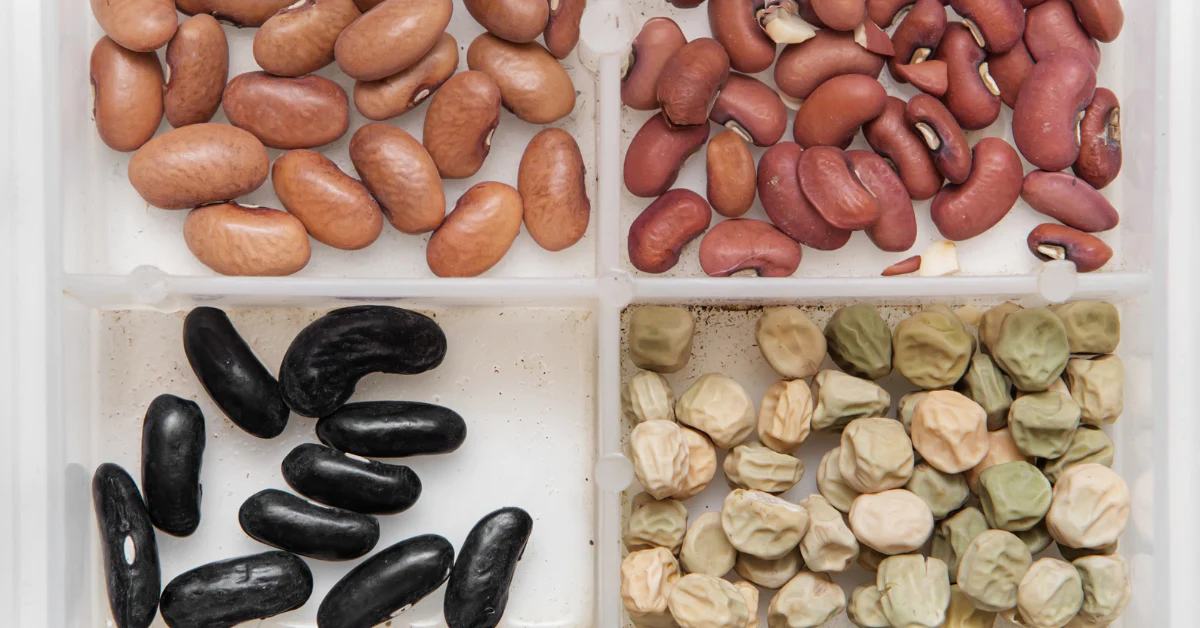
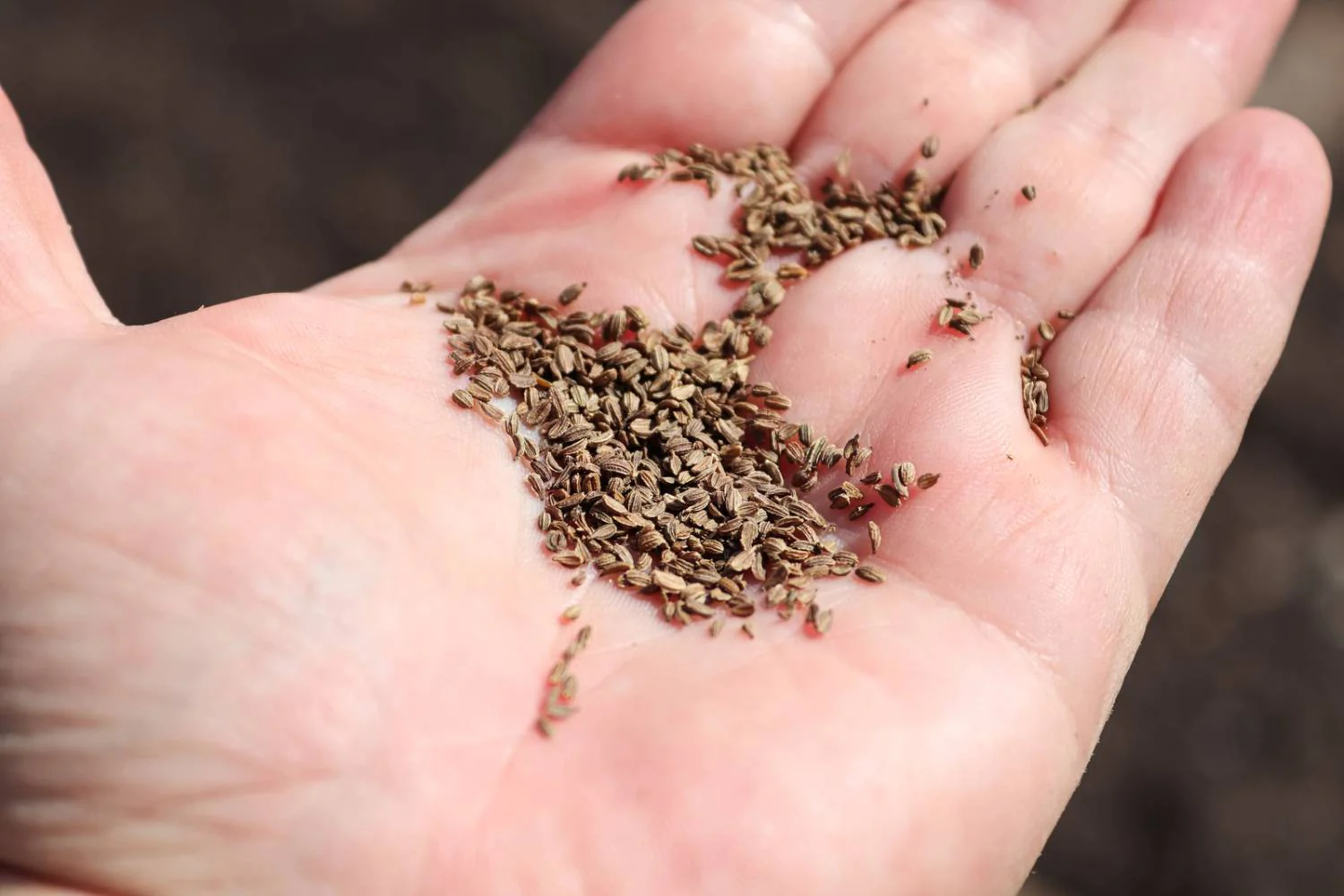
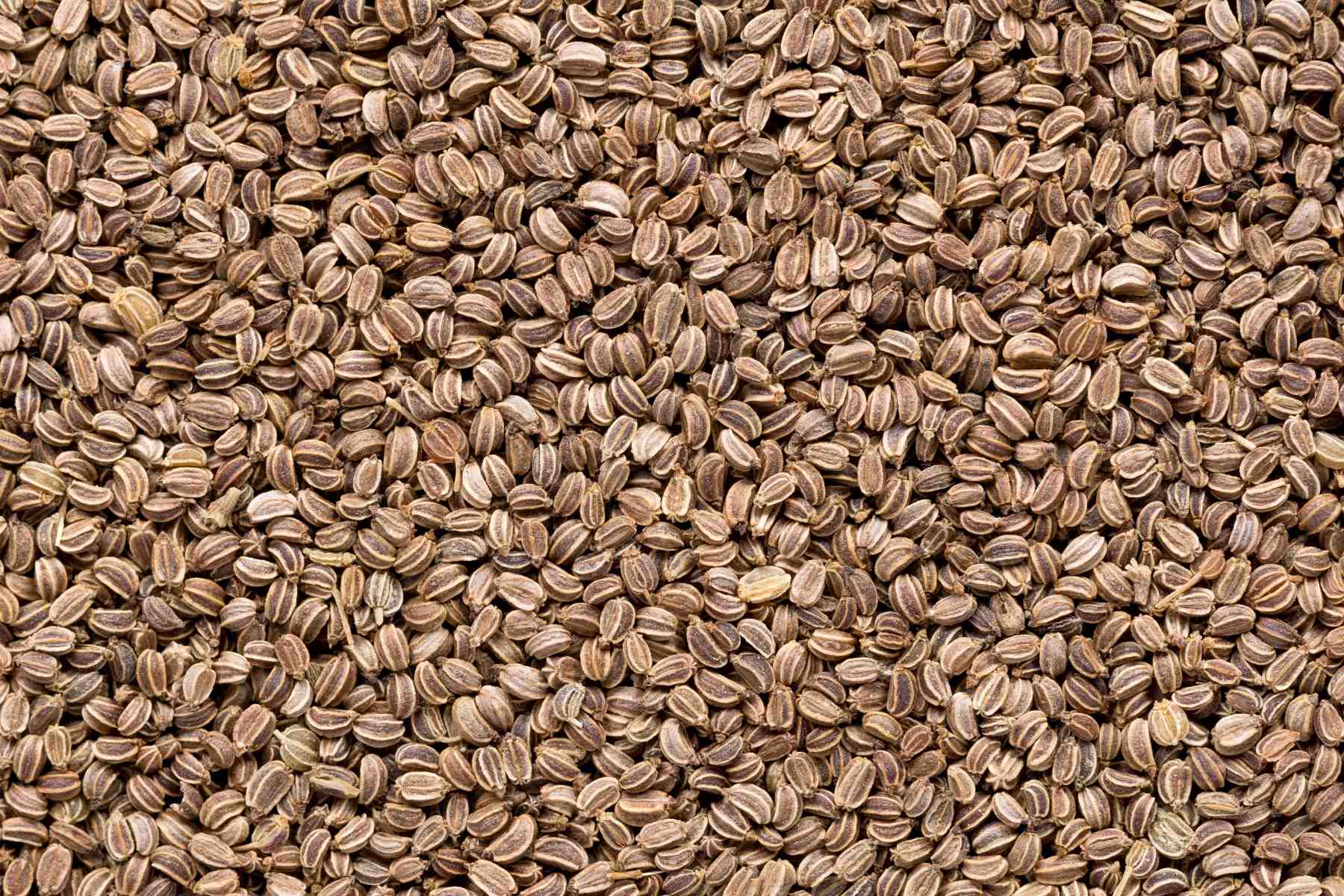
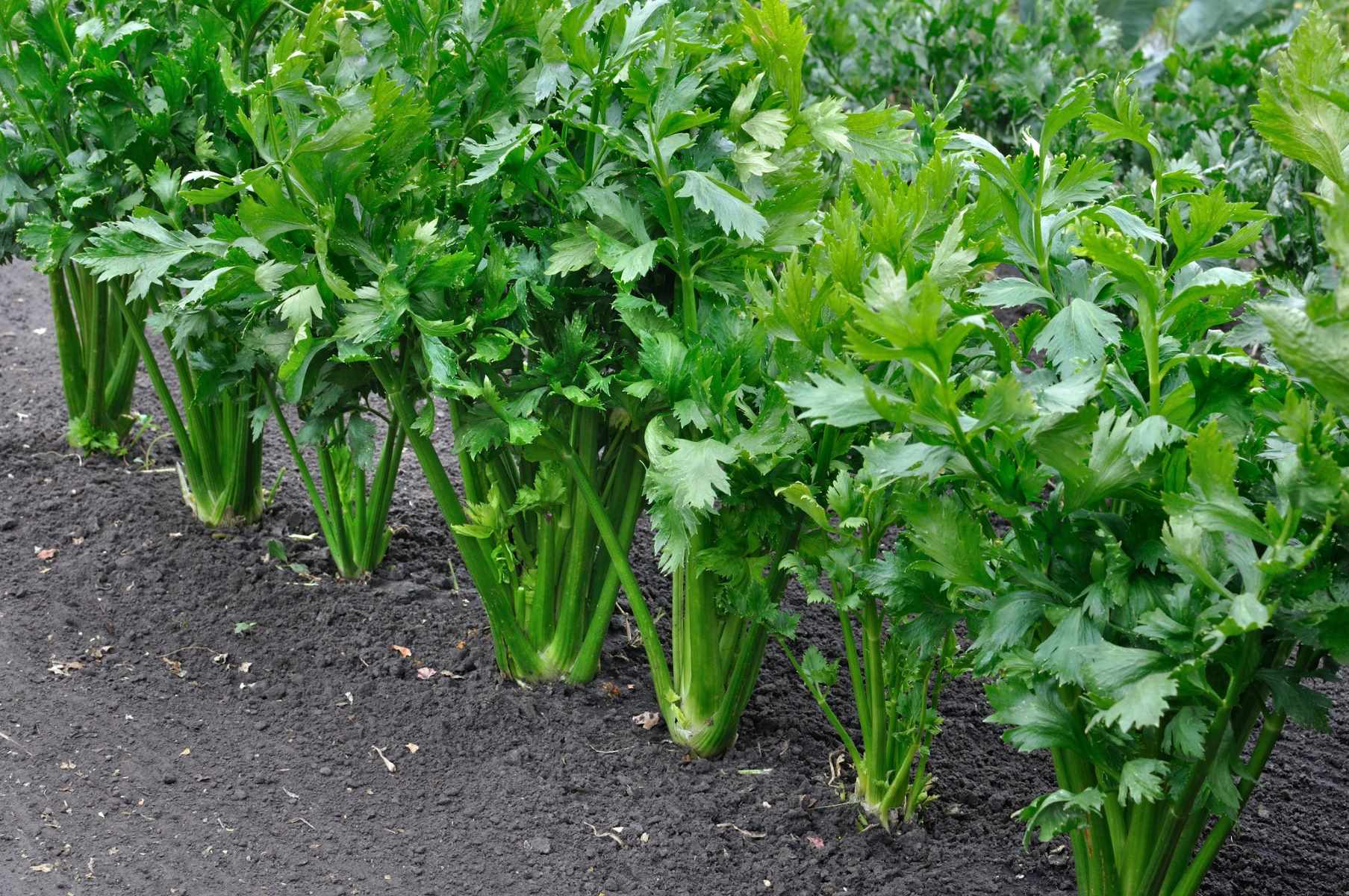

0 thoughts on “Where Are The Seeds In A Banana”